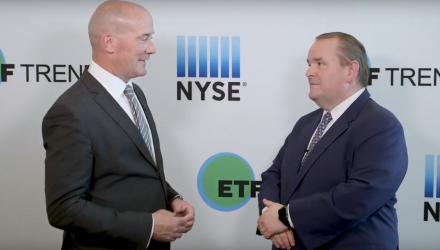The Securities and Exchange Commission indulged in the new SPY ETF idea because they argued that people didn’t have anything to hedge with. Instead, investors use to be betting on individual securities and company stocks.
The ETF investment vehicle brought about a new, innovative tool to the financial industry. Unlike traditional open-end mutual funds, what SPY represented was a diversified index-based fund that may be traded throughout normal trading hours on a exchange, similar to a company stock.
To achieve its innovative characteristic, ETFs have to undergo a new creation and redemption process to help the ETF’s price mirror the net asset value of its underlying component holdings.
After its launch back in 1993, SPY did not immediately garner the huge success we would associate with it now. The S&P 500 ETF attracted $460 million in its first year, and and it continued to steadily attract more and more attention.
“It was a vehicle which we thought had some flexibility to it,” Ross said. “The one thing i always liked about ETFs – and I still do – everyone’s patient in price, so it is a very democratic product, compared to other vehicles out there,” Ross said.
For more ETF-related commentary from Tom Lydon and other industry experts, visit our video category.
